In a dramatic twist that has set the news cycle abuzz with breaking headlines and intense online discussions, Defense Secretary Pete Hegseth declared, “Nobody was texting war plans,” in response to explosive claims made by The Atlantic’s editor-in-chief Jeffrey Goldberg. According to Goldberg’s report, he was inadvertently added to a Signal group chat where top officials from the Trump administration allegedly discussed highly sensitive plans to attack Houthi targets in Yemen. The revelations have sparked widespread controversy, intense political debate, and a fresh wave of scrutiny over the inner workings of the national security apparatus.
The Spark of a Controversy
On Monday, as news outlets and social media platforms flooded with the latest updates, Hegseth’s terse dismissal of the allegations quickly became the headline of the day. When pressed about whether he could reveal details of the allegedly leaked sensitive communications, Hegseth lashed out at Goldberg, accusing him of “peddling hoaxes.” The defense secretary firmly maintained that “nobody was texting war plans,” a statement that sought to undercut the growing narrative of a covert strategy discussion among senior officials.
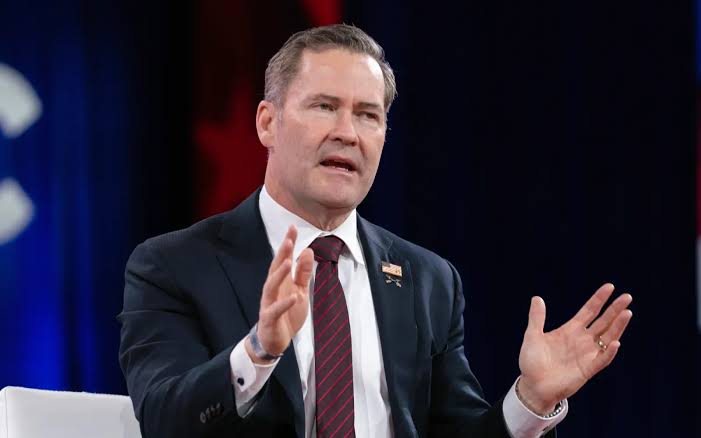
Goldberg’s report detailed how he was accidentally added to a private Signal chat that included high-ranking officials such as Vice President JD Vance, Secretary of State Marco Rubio, and others. The screenshots allegedly shared by the National Security Council (NSC) showed a chain of messages that appeared, according to NSC officials, to be authentic. In these messages, participants discussed the tactical and strategic details of operations targeting the Houthi rebels—a group that has been at odds with U.S. interests after launching attacks on commercial and naval vessels in the Red Sea.
A Closer Look at the Alleged Chat
The controversy centers on the use of Signal, a secure messaging app that has become synonymous with private communication in today’s digital age. Modern news consumers are accustomed to the latest updates on technology, government affairs, and defense strategies, making the alleged leak a particularly potent mix of high-stakes politics and cybersecurity drama. According to the report, the chat contained discussions that, if taken at face value, would imply that key figures within the Trump administration were deliberating military tactics in a casual messaging platform.

This revelation has not only raised eyebrows among political analysts and military experts but has also spurred debates. The fact that a journalist could be accidentally added to such a sensitive group chat has ignited a debate over the security protocols in place within the highest echelons of government.
Hegseth’s Denial and Its Implications
Defense Secretary Hegseth’s immediate response was to dismiss the notion that any discussion of “war plans” had ever taken place over text messages. “I’ve heard how it’s characterized. Nobody was texting war plans,” he said, emphasizing that the claims were exaggerated and misleading. His comments were intended to reassure both the public and the political establishment that sensitive military planning was not being casually discussed on a messaging app—an assertion that he hoped would quell the rising tide of controversy.
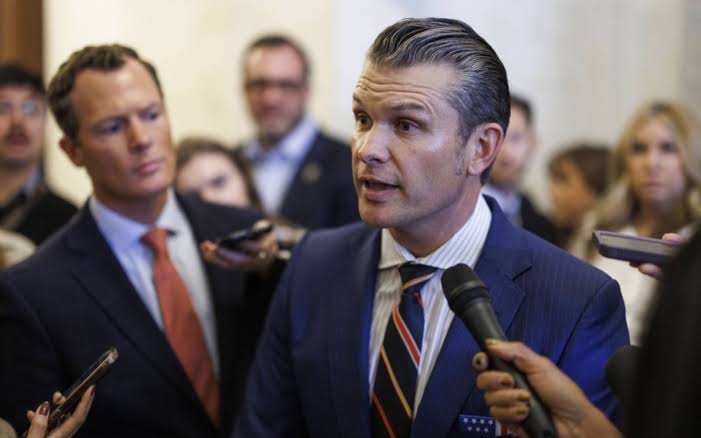
However, his statement did little to ease the concerns of critics and opposition figures. Many argue that Hegseth’s retort does not fully address the broader implications of what the screenshots represent. The NSC’s confirmation that the screenshots appear authentic adds a layer of complexity to the narrative. It forces a reckoning with the possibility that, in the age of digital communication, even the most secure platforms are not immune to accidental breaches of confidentiality.
The Role of Technology in Modern Governance
This incident underscores a critical issue in today’s interconnected world: the tension between the convenience of modern communication tools and the imperatives of national security. Secure messaging apps like Signal are celebrated for their encryption and privacy features, often touted as essential tools for both personal privacy and professional confidentiality. Yet the incident reveals that even these platforms can become the stage for potentially sensitive discussions if used without stringent oversight.
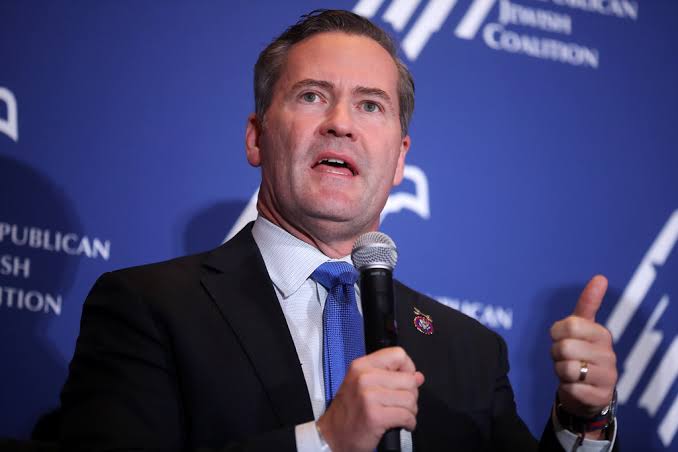
For many in the technology and cybersecurity communities, the controversy highlights the need for rigorous protocols when it comes to digital communications among government officials. With search trends constantly echoing the incident is a stark reminder that digital platforms are double-edged swords—they can facilitate rapid and efficient communication, but they can also become channels for inadvertent information leaks if not managed properly.
Political Fallout and Public Trust
The political ramifications of this episode are far-reaching. President Donald Trump himself stated that he was unaware of the group chat and claimed to know “nothing about it,” attempting to distance himself from the growing scandal. His remarks were designed to reinforce the narrative that the incident was an isolated mistake rather than part of a broader pattern of mismanagement or deliberate obfuscation. Yet for many critics, the fact that such discussions could occur at all is emblematic of deeper systemic issues within the national security framework.
Critics have seized on the incident to argue that the current administration, with its history of controversial appointments and opaque decision-making processes, is out of touch with the norms of transparent governance. The controversy comes at a time when public trust in political institutions is already waning—a sentiment often reflected in “political scandal,” “government corruption,” and “transparency in politics.” For voters and citizens alike, the idea that war plans could be casually discussed over text not only seems reckless but also emblematic of a broader trend towards a less accountable style of governance.
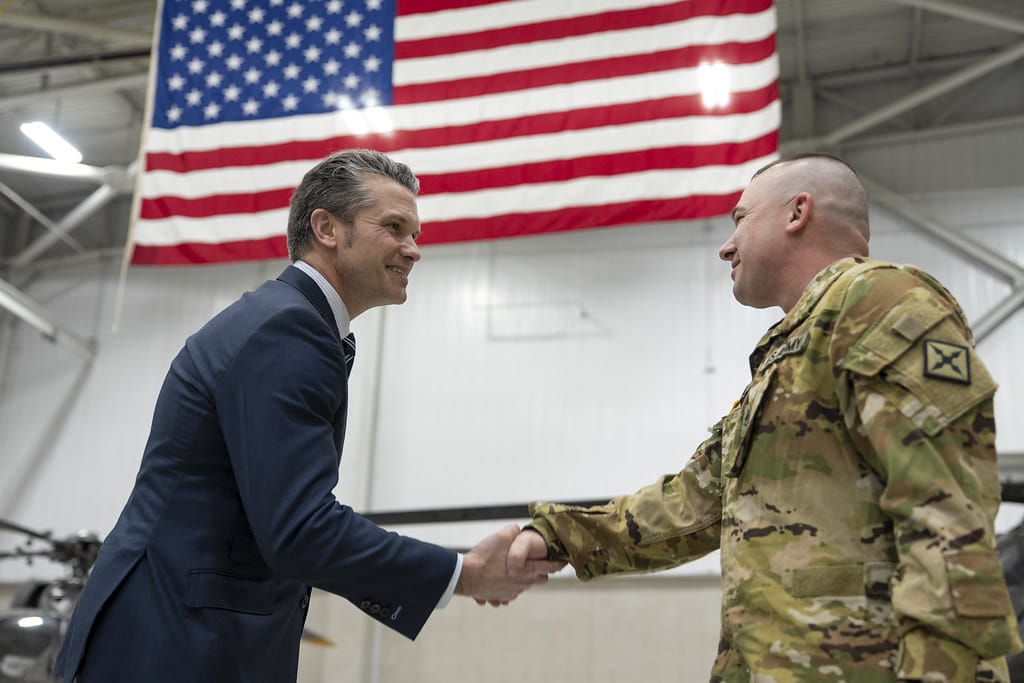
A Legacy of Communication Missteps
The controversy is not the first time that digital miscommunication has landed high-ranking officials in hot water. Over the years, several administrations have faced backlash over the use of unsecured communication channels, leading to questions about operational security and the integrity of confidential discussions. In this context, Hegseth’s denial is part of a long line of official responses that seek to minimize the implications of what might otherwise be seen as a serious breach of protocol.
In previous cases, similar controversies have ignited debates over the balance between modern communication conveniences and the responsibilities that come with managing national security. When public interest in topics like is high, even small missteps are magnified. The incident involving Hegseth and the alleged group chat is a potent reminder of how rapidly information can spread—and how difficult it can be to control the narrative once sensitive details are leaked, even accidentally.
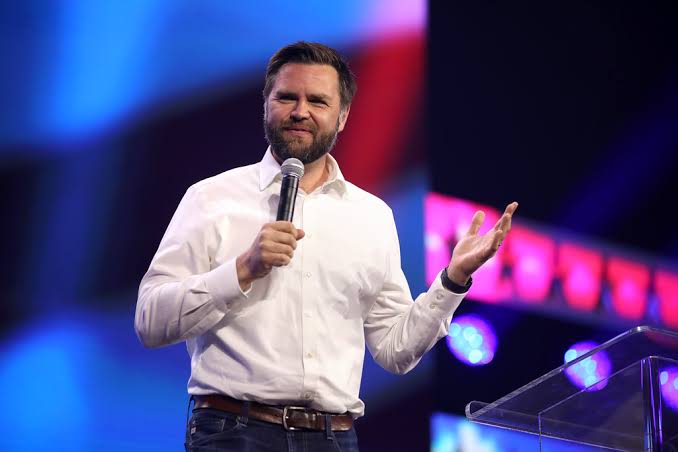
The Human Element in a Digital Age
Beyond the technical and political dimensions, this controversy also shines a light on the human element at the heart of modern governance. Officials like Hegseth are not just cogs in a vast bureaucratic machine; they are individuals navigating an increasingly complex landscape where personal, political, and technological factors intersect. The intense scrutiny of his remarks—coupled with the broader backlash against what many perceive as an opaque system—reveals a public deeply concerned with accountability and transparency.
For many citizens, the incident reinforces the idea that in today’s digital age, the boundaries between public and private, secure and insecure, are more blurred than ever before. The debates that follow such revelations are not merely academic; they affect how people view their leaders and the institutions entrusted with national defense. In an era dominated by “news update,” “politics today,” and “government scandal,” the public’s reaction is a testament to the enduring demand for clarity and honesty from those in power.

Reactions from Across the Political Spectrum
The fallout from the allegations has not been confined to one corner of the political landscape. Across the spectrum, pundits, analysts, and political activists have weighed in with varied interpretations of the incident. Some see it as a minor blip in an otherwise robust national security system, while others argue that it is indicative of a systemic problem—a sign that the current administration’s communication practices are outdated and potentially dangerous.
Opposition voices have seized upon the incident to call for a thorough investigation into how sensitive discussions are conducted among top officials. Critics argue that the use of platforms like Signal for discussing matters of war and strategy is inherently risky, particularly when the possibility of accidental inclusion of unauthorized individuals looms large. They contend that the incident should serve as a wake-up call for policymakers to review and possibly overhaul the communication protocols that govern the highest levels of decision-making.
In contrast, supporters of the current administration maintain that the incident has been blown out of proportion by political adversaries and sensationalist media. They point to the defense secretary’s firm statement that “nobody was texting war plans” as evidence that the reports are nothing more than a manufactured controversy designed to distract from more pressing issues. For them, the incident is an example of how political narratives can be manipulated through selective reporting and the amplification of isolated incidents.

The Broader Implications for National Security
At its core, the controversy touches on some of the most fundamental questions about how national security is managed in the modern era. The potential for digital communication channels to inadvertently leak sensitive information is a challenge that military and government leaders have been grappling with for years. In a time when cyber threats and technological vulnerabilities are hot topics in both political discourse and online searches—this incident serves as a timely reminder of the stakes involved.
If sensitive plans or strategies can be casually discussed over a messaging app, even by accident, what does that say about the overall security culture within the government? This question resonates not only with experts in the field but also with a public that is increasingly aware of the risks posed by digital technology. In an age where every update on platforms like Twitter, Facebook, and Google can shape public opinion, ensuring that communication systems are both secure and robust is of paramount importance.

Lessons Learned and the Path Forward
The fallout from the Signal chat controversy is likely to prompt a series of introspective questions within the corridors of power. How can government officials balance the convenience of digital communication with the need to maintain strict confidentiality? What steps must be taken to prevent similar incidents in the future? And, perhaps most importantly, how can public trust be restored when incidents like this call into question the integrity of national security practices?
In response to the growing concerns, there have already been murmurs of a possible review of communication protocols at the highest levels of government. Lawmakers and security experts alike are calling for enhanced training and updated guidelines to ensure that sensitive information is not inadvertently exposed. This incident might serve as a catalyst for broader reforms—a necessary step in an era where technology is evolving at a breakneck pace and the challenges of managing security in a digital age are more complex than ever.

Conclusion: Navigating the Intersection of Technology and Politics
The controversy sparked by Defense Secretary Hegseth’s comments and the alleged Signal group chat is a multifaceted issue that encapsulates the tensions between modern communication technology, political accountability, and national security. While Hegseth’s blunt dismissal of the claims seeks to reassure the public that sensitive military discussions remain secure, the incident raises critical questions about how information is managed in today’s interconnected world.
As citizens continue to search for the latest news and updates-the public remains vigilant, demanding transparency and responsibility from those who hold power. The incident serves as a stark reminder that in a time when even a casual text message can have far-reaching implications, the systems and practices that underpin national security must be continuously scrutinized and improved.
In the end, the Signal chat controversy is more than just a dispute over words or an isolated incident; it is a microcosm of the challenges faced by modern governments everywhere. The delicate balance between leveraging the benefits of digital communication and safeguarding sensitive information is one that must be carefully managed, not only to protect national interests but also to maintain public trust in the institutions that govern us.
As the story develops and further investigations are launched, one thing remains clear: the intersection of technology, politics, and national security will continue to be a critical area of concern. For now, Hegseth’s emphatic declaration that “nobody was texting war plans” stands as a firm, if controversial, assertion of the administration’s stance. Yet the broader conversation about secure communications, transparency, and accountability is only just beginning.
In a world where every headline can spark a global debate and every digital update influences public opinion, the lessons from this incident are clear. Modern governance must adapt to the realities of the digital age, ensuring that while technology provides unprecedented convenience, it does not come at the expense of the very security and trust that form the bedrock of a stable society.










